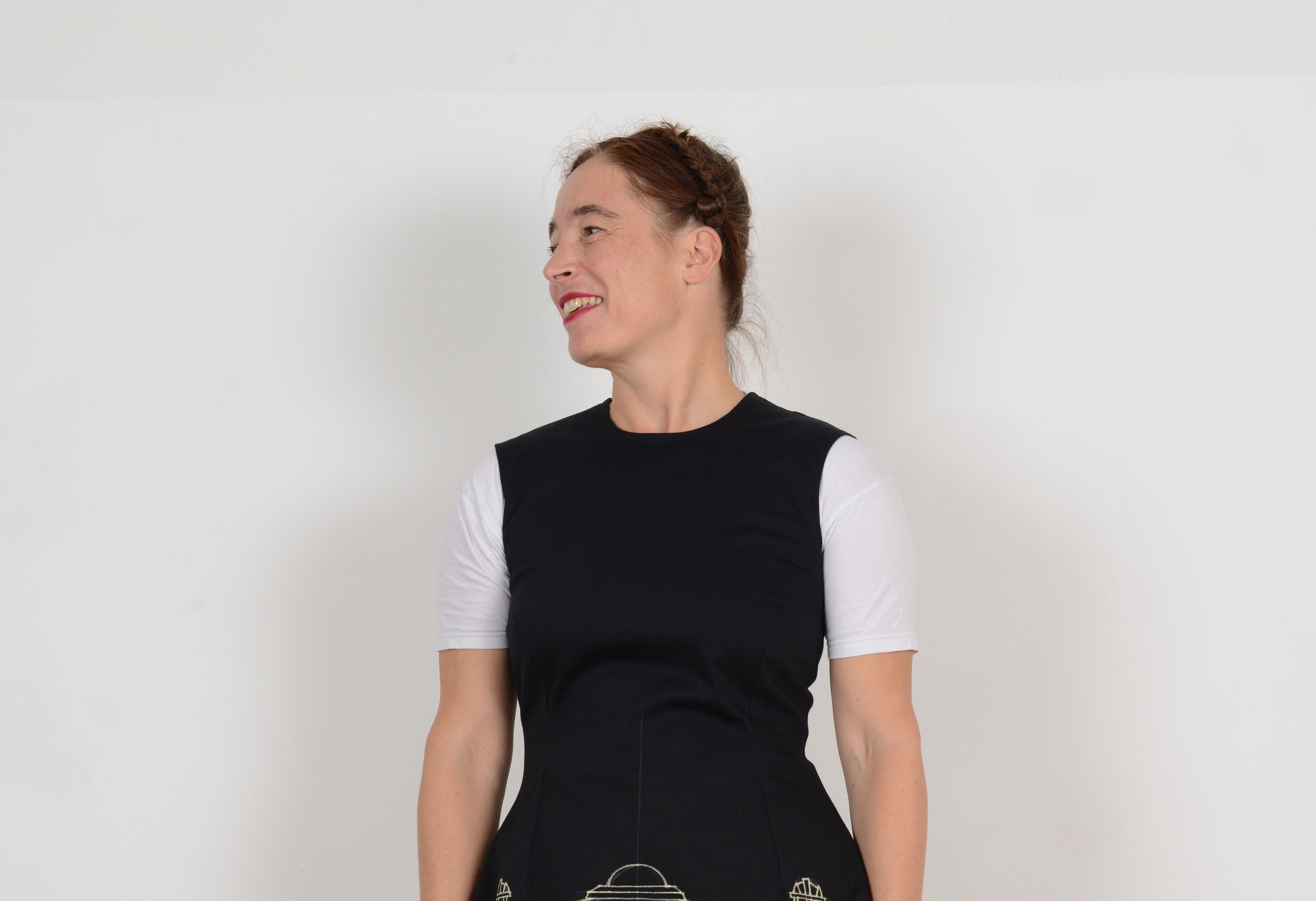This lecture will explore the implications of space as an environment for future habitation both materially and conceptually. Research and development projects of LIQUIFER - implemented as part of the European space exploration programme - highlight topics of living with limited resources, in limited spaces and living self-sufficiently. Concept studies for lunar and Martian bases as well as building prototypes set within future scenarios for living on earth and in space form the basis of LIQUIFER’s work. Arts-based and basic research in the fields of biomimetics and integrating biological systems into architecture add to the circular systems perspective of future narratives for our extended world.

Dr. Barbara Imhof is a space architect, researcher and educator. She is also the co-founder and co-manager of LIQUIFER Systems Group that comprises experts from the fields of architecture, design, human factors, systems engineering and science. Their space related projects focus on feasibility and scenario studies as well as designing and building mock-ups and prototypes. LIQUIFER partners with renowned research institutions and well-known enterprises to conduct research and technology development through contracts with the European Space Agency, the space industry and with the EU-Framework Programmes and other funding bodies. As project lead Barbara currently works on the Gateway project, designing the habitat module for the next International Space Station in a lunar orbit. She also led projects such as SHEE, a Self-deployable Habitat for Extreme Environments, the first built European simulation habitat. The SHEE habitat became part of another LIQUIFER project named MOONWALK, developed to test human-robot collaborations in two space simulation missions in Rio Tinto and subsea. In addition, Barbara pursues projects in the field of biomimetics and closed-loop systems such as Living Architecture - in collaboration with Rachel Armstrong - and GrAB–Growing As Building which looks at growth principles in nature and their proto-architectural translations towards self-growing buildings.